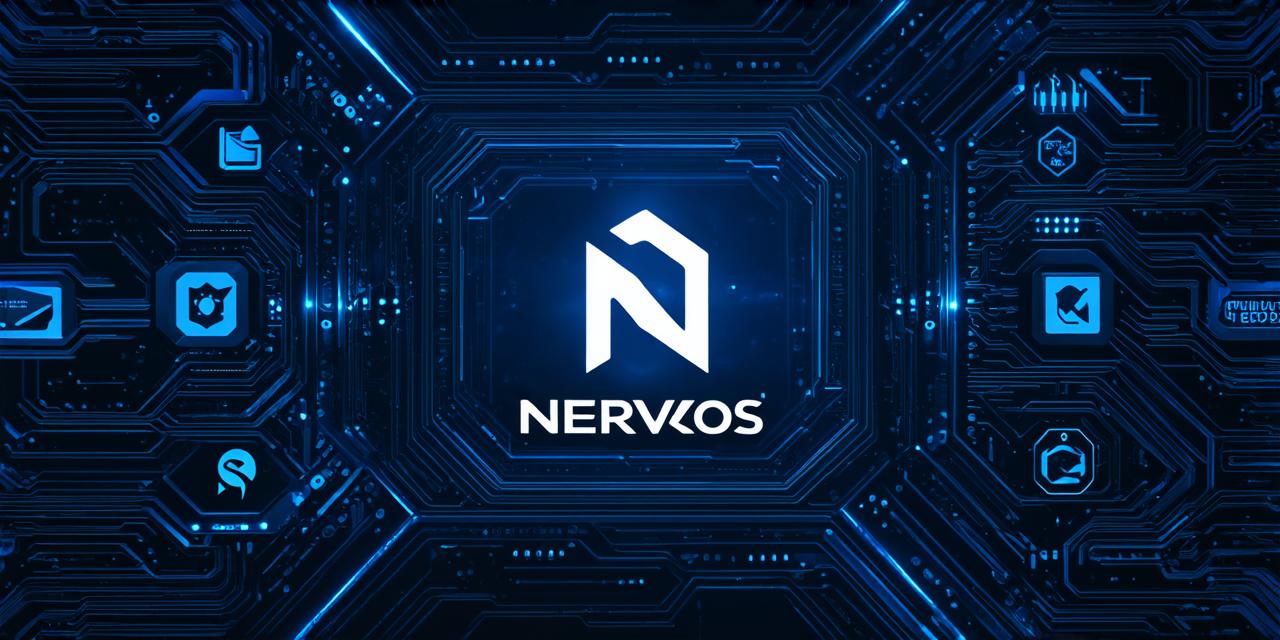Introduction:
Nervos Blockchain is a decentralized public blockchain that enables fast and efficient cross-chain interoperability. It was launched in 2018 and has since grown into one of the largest and most active blockchains, with millions of users and transactions per day.
Feature 1: Cross-Chain Interoperability
One of the unique features of Nervos Blockchain is its ability to facilitate cross-chain interoperability. This means that users can move assets, data, and applications between different blockchains without having to rely on a central authority or intermediary. The Nervos Network has already integrated with several popular blockchains, including Ethereum, EOS, and Tron, allowing for seamless transfers of value and information between them. This feature is particularly useful for businesses that operate across multiple blockchain platforms and want to streamline their operations and reduce costs.
Case Study: Omni Layer
Nervos Blockchain’s cross-chain interoperability feature was put to the test in the development of the Omni Layer platform. Omni Layer is a decentralized application (dApp) that enables users to transfer assets between different blockchains, including Bitcoin and Ethereum. The platform is built on top of the Nervos Network and uses its cross-chain interoperability feature to facilitate seamless asset transfers between the two networks.
Feature 2: High Throughput and Low Fees
Another key feature of Nervos Blockchain is its high throughput and low fees. The Nervos Network is capable of processing thousands of transactions per second (TPS) at a fraction of the cost of other blockchains. This makes it an ideal platform for applications that require fast and efficient transaction processing, such as decentralized finance (DeFi) applications and gaming platforms.
Case Study: Nervos DeFi Apps
Nervos Blockchain’s high throughput and low fees have also enabled the development of several successful DeFi apps on the platform. These apps include NervoDAO, a decentralized autonomous organization (DAO) that enables users to vote on proposals and allocate funds, and NervoSwap, a decentralized exchange (DEX) that offers faster and cheaper trading than other DEXs.
Feature 3: Scalability and Flexibility
Nervos Blockchain is also known for its scalability and flexibility. The platform is designed to be able to handle large volumes of transactions and users, making it an ideal choice for businesses that expect to grow their operations over time. Additionally, the Nervos Network is highly customizable, allowing developers to create their own smart contracts and dApps using a variety of programming languages and frameworks.
Conclusion:
In conclusion, Nervos Blockchain’s cross-chain interoperability feature, high throughput and low fees, and scalability and flexibility make it a popular choice for blockchain developers looking to build innovative and efficient applications. With its growing user base and active development community, the Nervos Network is poised to continue driving innovation in the blockchain space. As blockchain technology continues to evolve, Nervos Blockchain will likely remain at the forefront of this exciting field.
FAQs:
1. What is cross-chain interoperability?
Cross-chain interoperability refers to the ability of different blockchains to communicate and share data with each other without relying on a central authority or intermediary.

2. What are the benefits of high throughput and low fees?
High throughput and low fees make it easier and more cost-effective for businesses to process transactions and manage their operations, especially for applications that require fast and efficient transaction processing.
3. What makes Nervos Blockchain scalable?
Nervos Blockchain is designed to be able to handle large volumes of transactions and users, making it an ideal choice for businesses that expect to grow their operations over time.
